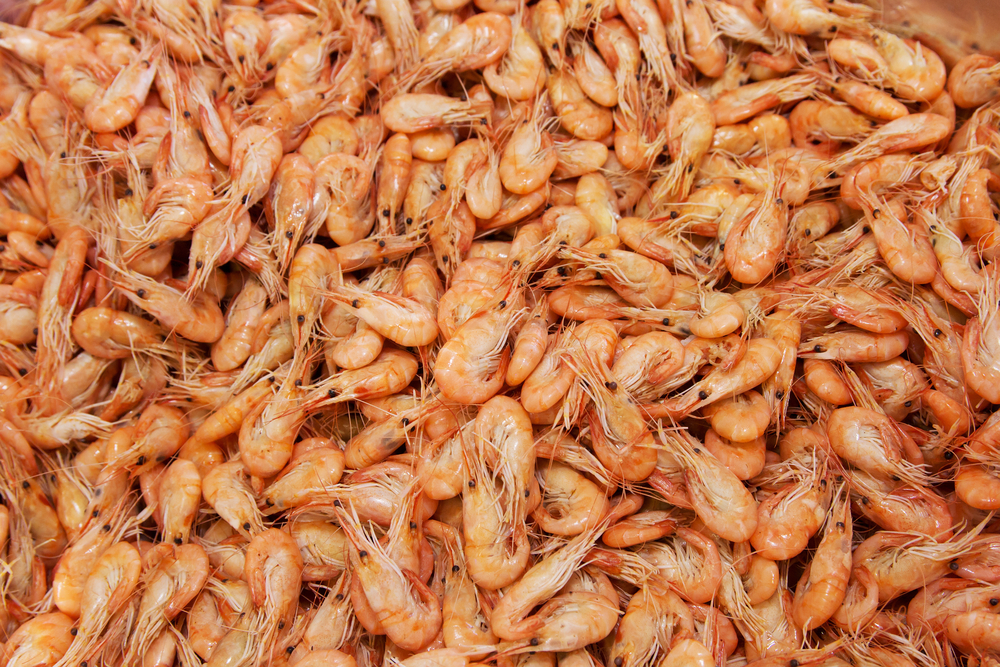
Crustaceans may hold the key for a new type of wound dressing, preventing thousands of people from developing infections.
Researchers have developed a bandage that uses an antibacterial substance formed from chitosan, a fiber taken from crustacean shells.
A team from Lodz University of Technology in Poland led by Radoslaw Wach, Ph.D., developed the protective dressing. Hydrogel dressings—which are durable and elastic to easily adapt to the shape of the affected body part—can speed up healing and cool the wound down by providing moisture to the wound.
“Since wound healing in severe cases may take a long time—up to several weeks—the probability of bacteria-mediated infection is high,” Wach said in a statement. “Our novel hydrogel dressing could, therefore, prevent many such infections and avoid serious complications.”
According to the study, hydrogels are created from two-or multi-component systems of cross-linked polymer chains and water or aqueous medium filling the network voids.
Wach was able to adapt the hydrogel dressing manufacturing technique and incorporate an antibacterial and biodegradable substance extracted from the crustacean shells within the dressing itself.
According to the study, the essential physical characteristics of the hydrogel remained mostly unchanged, with only a somewhat increased water uptake capacity. This improves functionality of the dressing as extensive exudate for the wound can be efficiently absorbed.
The researchers were able to extract the substance by isolating a substance called chitin that is found in the shells and changing its structure by removing most chemical branches from its acetyl groups.
This resulted is a purified chitosan that has antimicrobial properties and helps to stop bleeding when added to bandages.
They used a technique called irradiation that comprises cross-linking of hydrophilic polymers next to water to form the firm and durable structure of the dressing and sterilize it in a single step. They then used an electron beam to shine the polymer— which contained a solution of chitosan in lactic acid—while making the dressing, allowing the chitosan to become part of the dressing itself.
“We developed a composition where chitosan is dissolved in lactic acid and, when added to the regular composition of the dressing, it does not adversely change its ability to cross-link during manufacturing or alter its mechanical and functional properties,” Wach said. “The new hydrogel wound dressing is biologically active.”
According to a report by the Review on Antimicrobial Resistance commissioned in 2014 by the U.K., antimicrobial resistance could kill 10 million people each year by 2050.
The study was published in Radiation Physics and Chemistry




